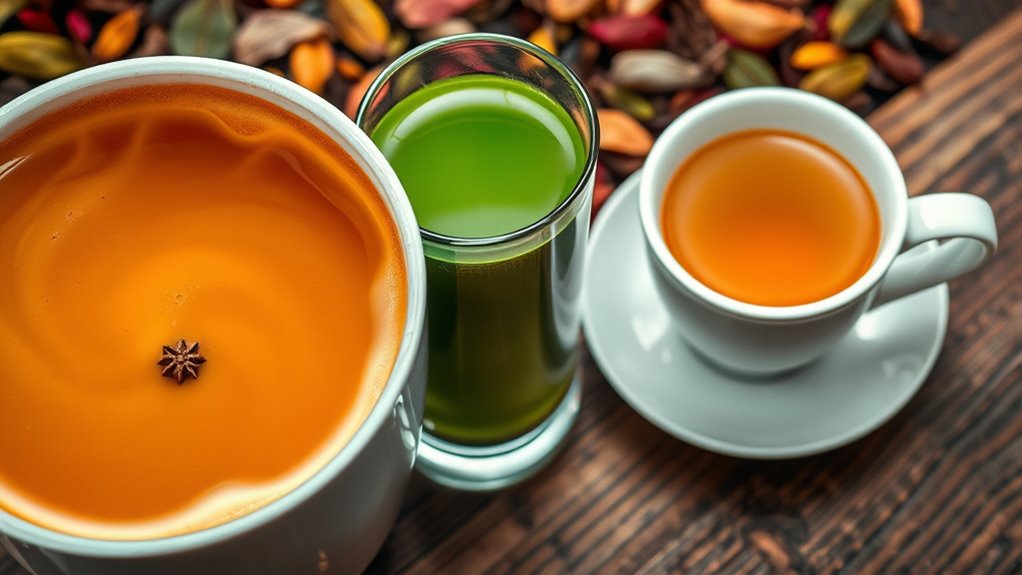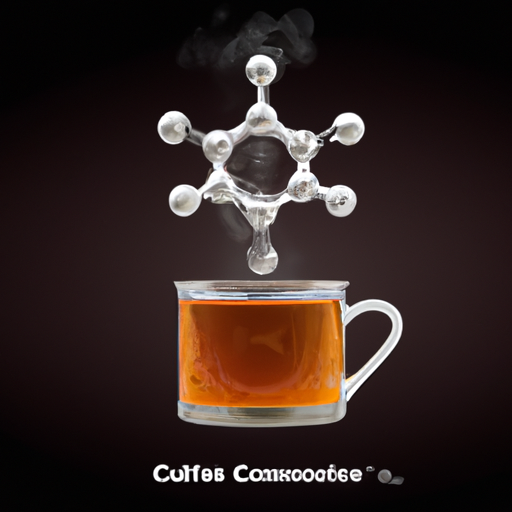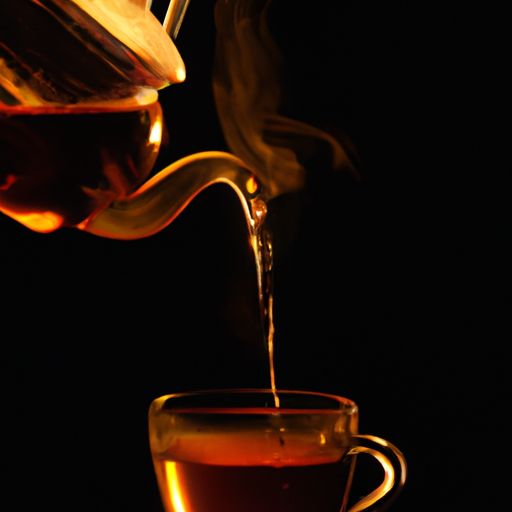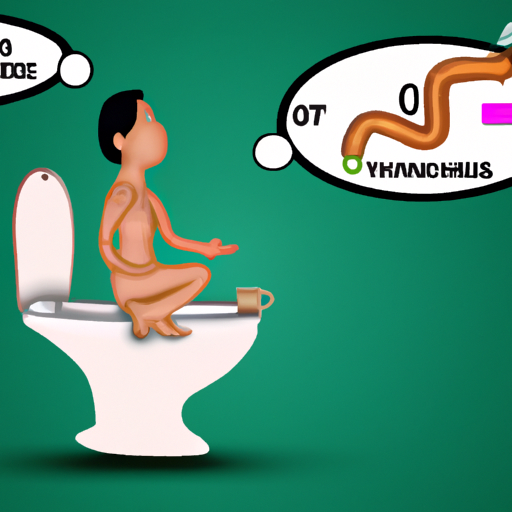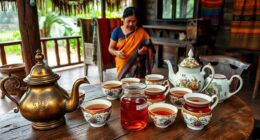When comparing chai tea to other teas, you’ll notice its unique spice blend and rich aroma set it apart. Chai involves simmering spices like cinnamon, cardamom, and ginger with tea and milk, creating a cozy, layered flavor experience. Unlike green or white teas, which are subtler, chai offers a more involved brewing process that enhances its boldness and complexity. Keep exploring to discover how these techniques shape chai’s distinctive sensory qualities.
Key Takeaways
- Chai tea features a complex spice blend, unlike the subtle or grassy notes of green or white teas.
- Its preparation involves simmering spices with tea and milk, making it more involved than typical teas.
- The spice layering and milk addition create a rich, aromatic, and full-bodied flavor profile unique to chai.
- Traditional teas are brewed more straightforwardly, focusing on the tea leaves without extensive spice or milk integration.
- Chai offers a sensory-rich, warming experience that contrasts with the simpler, more delicate flavors of other teas.
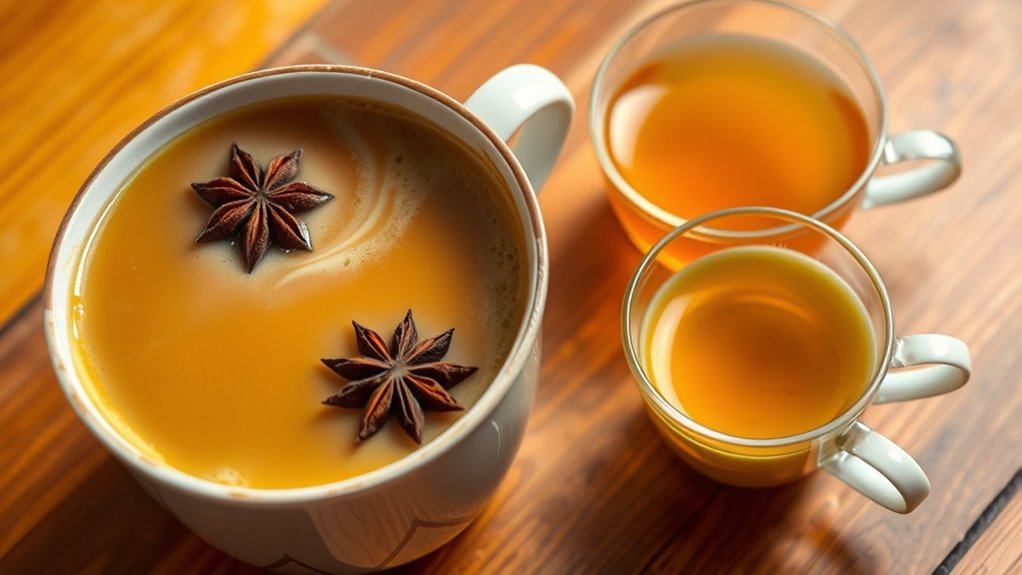
Have you ever wondered how chai tea stacks up against other types of tea? If you’re a tea enthusiast, you know there’s a vast world of flavors and brewing techniques out there. Chai tea stands out because of its distinctive spice flavor, which combines warming spices like cinnamon, cardamom, ginger, cloves, and black pepper. This blend creates a rich, aromatic profile that’s quite different from the more subtle or grassy notes found in green or white teas. When comparing chai to other teas, one of the first things you’ll notice is how its spice flavor transforms the drinking experience into something cozy and invigorating. Unlike the simple brewing methods of traditional teas, chai often involves a more involved process. Many people prepare it by simmering the spices with black tea leaves and milk, creating a complex, layered flavor profile. Some prefer brewing the spices directly with the tea, while others steep the spices separately before combining them with the brewed tea, allowing for more control over the intensity of the spice flavor. The use of milk also adds creaminess that enhances the overall richness, making chai a comforting beverage.
In contrast, brewing methods for other teas tend to be more straightforward. Green and white teas, for example, usually require delicate steeping in hot water with precise temperature control to prevent bitterness. Black teas can be brewed similarly to chai but without the added spices and milk, resulting in a more straightforward, brisk flavor. Herbal teas, on the other hand, often involve steeping dried herbs in hot water, focusing more on the plant’s natural essence rather than spice blends. The complexity of chai’s brewing process is part of what makes it unique. It often involves multiple steps, like warming the spices with water or milk before adding tea leaves, which intensifies the spice flavor and creates a rich, full-bodied drink.
Additionally, the cookie categories involved in chai preparation, such as functional or performance cookies, can influence how the brewing process and flavor development are optimized when making large batches or commercial products. The versatility of brewing methods for chai allows you to customize its spice level and creaminess, making it adaptable to your taste preferences. This contrasts with other teas that tend to have a more uniform flavor profile, dictated largely by the type of tea leaves used. The spice flavor in chai is what elevates it from a simple brew to a sensory experience, and the various brewing techniques help bring out those vibrant, aromatic qualities. So, if you’re looking to explore how different brewing methods influence flavor, chai offers a rewarding journey into a world of warm spices and comforting aromas, setting it apart from the more minimalist approaches of traditional teas.
Frequently Asked Questions
How Does Chai Tea Impact Blood Sugar Levels?
Chai tea can affect your blood sugar levels by causing a rise, especially if it contains added sugar. The spices in chai, like cinnamon, may help improve your insulin response and stabilize blood sugar. However, if you drink sweetened chai regularly, it could lead to fluctuations. To minimize impact, opt for unsweetened or lightly sweetened chai and enjoy its potential benefits for better blood sugar management.
Are There Any Health Risks Associated With Chai Tea?
Sure, indulging in chai tea might turn you into the poster child for health risks—if you ignore allergies and sneaky additives. You could develop chai tea allergies, causing reactions you’d rather not imagine. Plus, those mysterious additives might spike your caffeine or sugar intake, leading to jitters or weight gain. So, enjoy your chai, but keep an eye out for potential health pitfalls lurking behind those fragrant spices and added extras.
Can Chai Tea Be Enjoyed Iced or Only Hot?
You can definitely enjoy chai tea iced or hot. Iced chai variations are popular, especially in warmer weather, offering a invigorating twist on the classic chai tea flavor profiles. When served cold, the spices and sweeteners create a smooth, flavorful experience that’s perfect for summer. Whether you prefer it hot or iced, chai tea delivers its rich, aromatic taste, making it a versatile beverage for any season.
Is Chai Tea Suitable for Children or Pregnant Women?
Chai tea can be enjoyed by children and pregnant women, but you should consider child safety and pregnancy considerations first. For kids, avoid very spicy or caffeinated chai, and opt for decaffeinated versions if needed. Pregnant women should limit caffeine intake, so choosing decaf chai is safest. Always check ingredients for added sugars or herbs that might affect pregnancy. Consult a healthcare provider if you’re unsure about specific ingredients or your child’s health.
How Does the Caffeine Content in Chai Compare to Coffee?
Imagine a warm, spicy sip—chai tea generally has less caffeine than coffee, but it varies with brewing strength and ingredients. Caffeine variability means your cup might be milder or stronger, depending on how long you steep it and the tea blend. While coffee jolts you awake faster, chai offers a gentler lift, blending caffeine with soothing spices. So, if you prefer a softer caffeine hit, chai’s your cozy choice.
Conclusion
As you explore different teas, remember that chai is like a warm hug in a cup—rich, spicy, and comforting. I once shared a cup of chai with a friend during a chilly evening, and it instantly transformed a simple moment into something special. Whether you prefer the boldness of black tea or the subtlety of green, each has its own story. Ultimately, choosing your favorite is like finding the perfect melody—personal, comforting, and uniquely yours.

